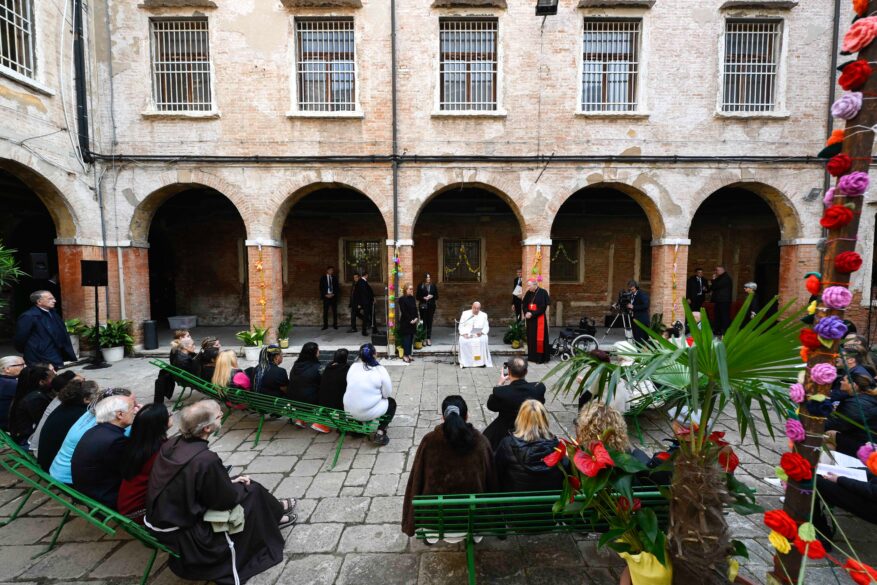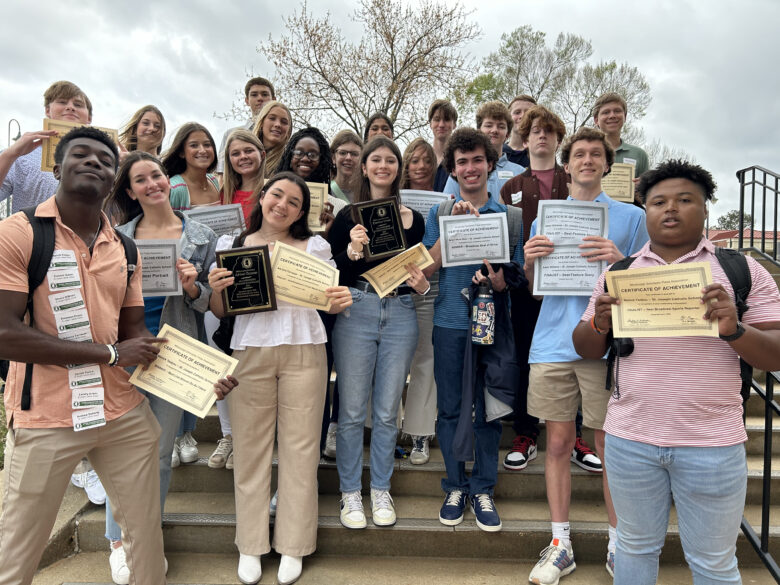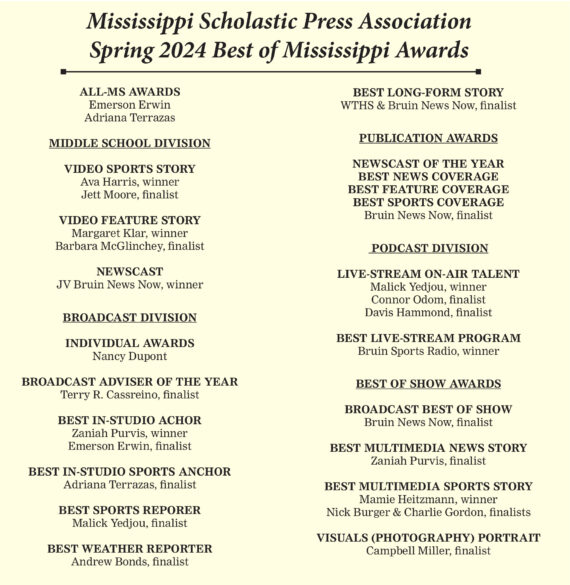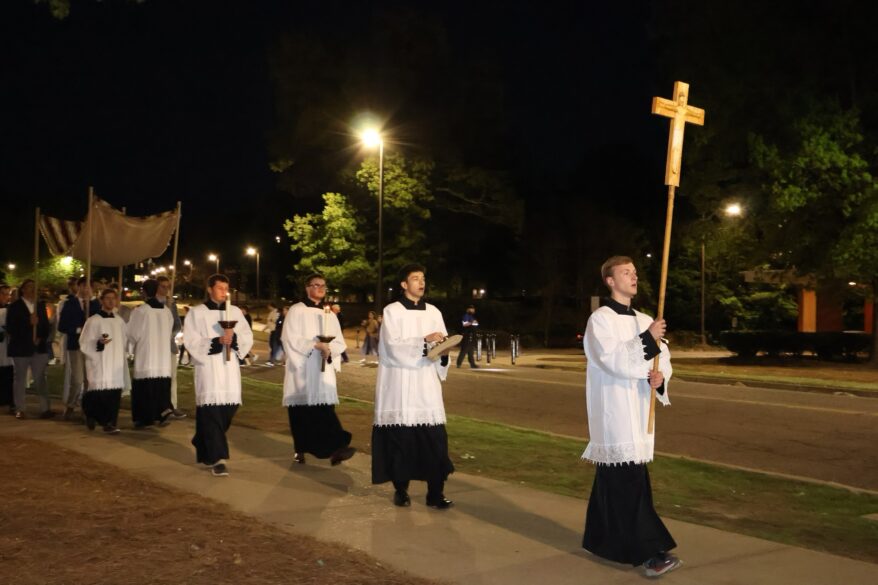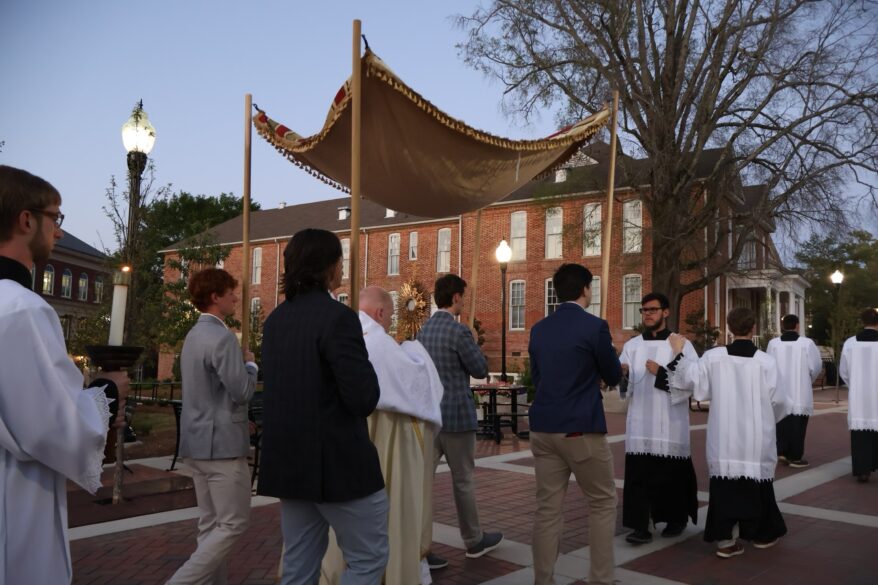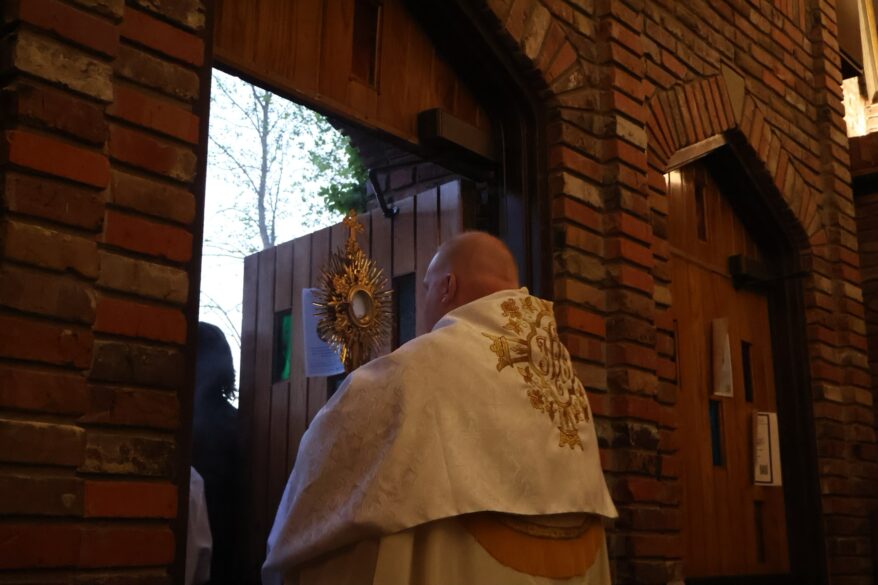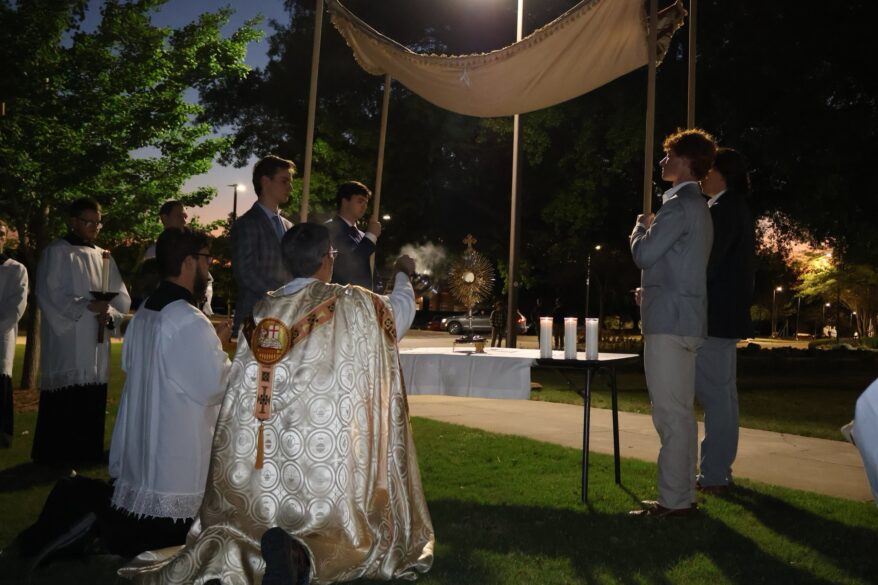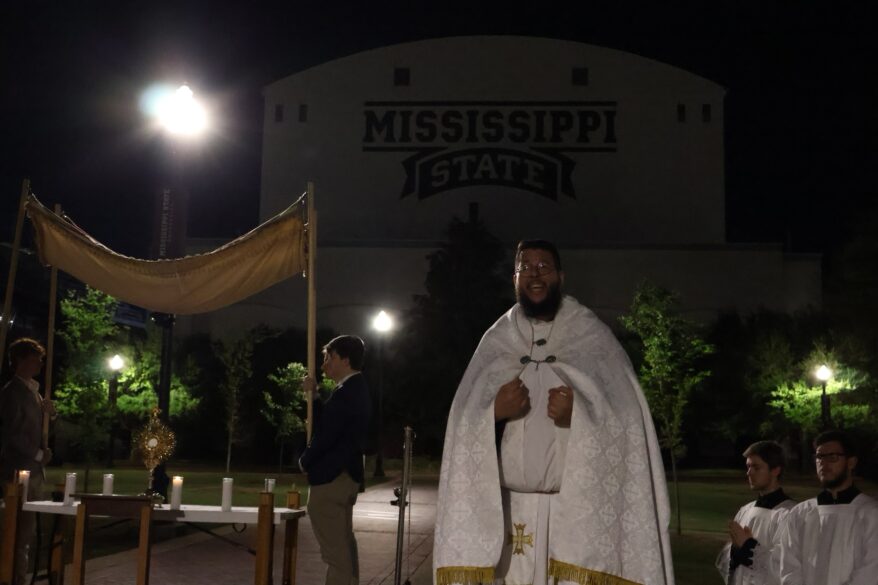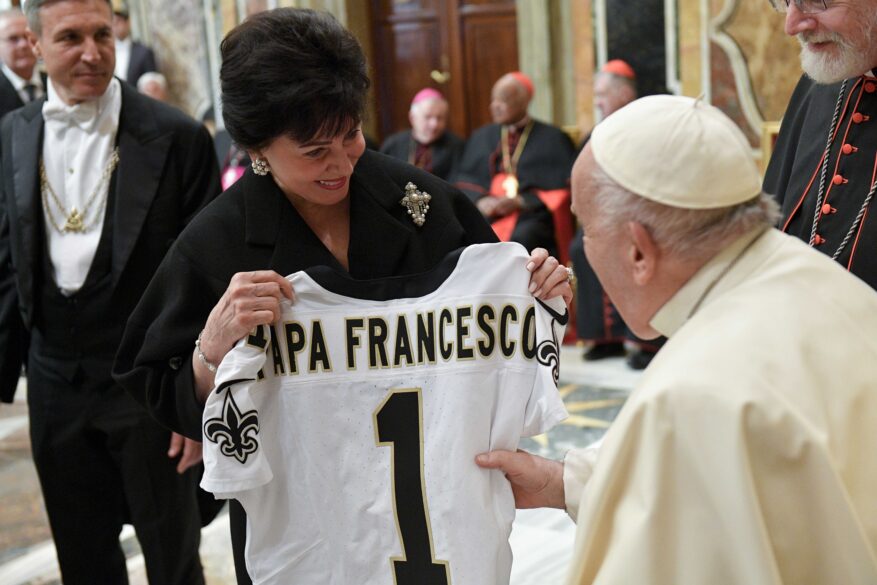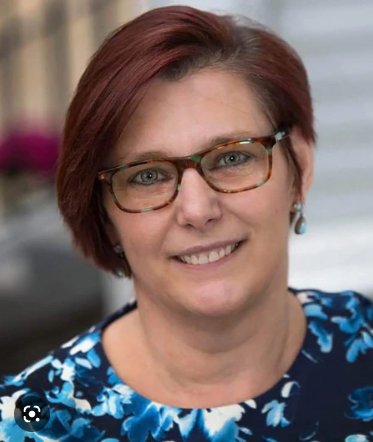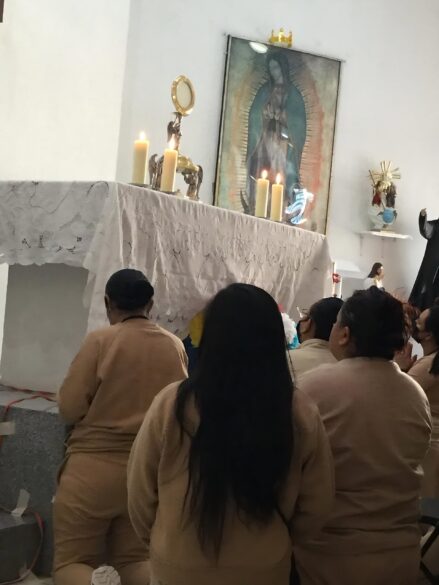
Por Marietha Góngora V.
(OSV News) – La madre María Elena Martínez forma parte de la asociación privada de fieles María Madre del Amor, con sede en México, una comunidad mixta de laicos y consagrados cuyo carisma es vivir las cuatro obras de misericordia del pasaje del encuentro de Jesús con los discípulos camino a Emaús que son: dar consuelo, instruir, acoger y compartir y llevar a la gente a la Eucaristía.
“Lo hacemos a través de retiros espirituales de Emaús en las parroquias, en centros penitenciarios y también tenemos un retiro de jóvenes que se llama ‘Sicar’, que está basado en el pasaje de la samaritana en el pozo de Sicar”, explicó la madre Elena, quien fundó la comunidad en el 2015, con aprobación por parte de la Arquidiócesis de México.
“El primer retiro lo hicimos en 2016 en la cárcel de Santa Martha, en Ciudad de México. Después empezamos a ir a la cárcel de Morelos Femenil Federal,” conocida como Cefereso 16 que es la única prisión federal para mujeres hay en todo el país, comentó la madre Elena.
Según la página web de Emaús de México, este retiro católico se basa en el pasaje bíblico del Evangelio de San Lucas donde Jesús resucitado acompaña a dos discípulos de camino a Emaús, donde los consuela, les explica las Escrituras y los discípulos lo reconocen al partir el pan. El retiro – que es mundialmente conocido – muestra a personas la cercanía de Jesús y permite “a los caminantes la oportunidad de reconciliarse con Dios”. Las personas que imparten el retiro son personas que también lo experimentaron y a los oradores del retiro se les conoce como servidores.
Susy Servalli, representante de Emaús de la Arquidiócesis de México y miembro de la asociación María Madre del Amor, explicó las complejidades de realizar el retiro en las cárceles ya que las reclusas no pueden ser servidoras.
“Tú sabes que el retiro de Emaús solo se vive una vez y si quieres continuar tienes que hacerlo como servidora, ellas no pueden hacerlo como servidoras, entonces por eso tenemos que ir siempre”, afirmó la madre Elena, quien junto a Servalli coordina estos retiros.
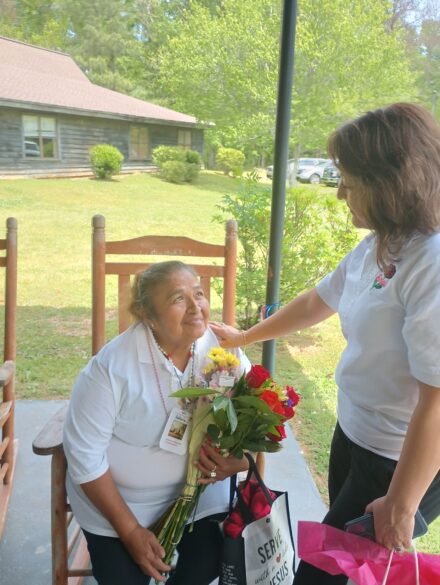
A pesar de lo difícil que puede ser el ingreso – pasar seis filtros de seguridad en la cárcel federal la logística anticipada para informar quienes ingresarán y los elementos que utilizarán, el hecho de realizar el retiro con menos recursos de los acostumbrado – todo ese esfuerzo vale la pena totalmente para estas voluntarias.
“Es un equipo de mujeres, con unos corazones muy generosos, llenos del amor de Dios, que quieren traspasar aquello que un día Dios hizo en ellas”, añadió Servalli, refiriéndose a las servidoras que colaboran para que cada retiro siga moviendo corazones tras las rejas.
“Hay que suprimir algunas cosas, tienes menos tiempo y aún así ves como el Señor toca los corazones de ellas”, comentó la madre Elena sobre estas reclusas quienes deben cumplir condenas de 40 y 50 años.
“Si afuera tú ves a Cristo Vivo caminar entre las mujeres, ahí – en las prisiones – lo ves completamente porque tú dices en dos días y medio imposible que un grupo de mujeres hagan nada para que esos corazones se restauren, sanen, renuncien a la santa muerte, que quieran bautizarse, confesarse, dejar la homosexualidad, es impresionante poder verlo con tus ojos”, afirmó Servalli, quien dijo que estos retiros los han llevado a lugares como Perú, España, México, Panamá, Londres, Chile, Paraguay y Roma, entre otros.
La madre Elena y Servalli explican que las internas están divididas por módulos según su peligrosidad y su comportamiento.
Entre los testimonios que más recuerdan está el de una mujer condenada por ser una sicaria de un cartel de narcotráfico mexicano. Ella, como las demás del módulo de máxima seguridad, ve la luz del sol solo una hora al día. “En una dinámica ella se paró y dijo ‘ustedes saben quién soy yo y lo que he hecho, pero ya no soy la misma de antes. En tres ocasiones tuve la oportunidad de vivir este retiro y no quise y le doy gracias a mi amiga porque me insistió”, recordó la madre Elena.
Madre Elena dijo que durante el retiro el punto de inflexión, aunque no pudo dar detalles, es una dinámica seguida de la confesión. “A partir de allí, ellas se quiebran y ya son otras. El último día es un sentimiento de paz, de alegría, de liberación y gozo, de sentirse sanadas, amadas y sobre todo de saberse, que el Señor las puede perdonar, si es que ellas realmente se arrepienten”.
“Gracias, yo pensaba que estábamos olvidadas por la sociedad. Tanto tiempo le pedí a Dios un sacerdote para poder confesarme. No somos personas malas, somos personas que hemos cometido errores”, dijo una vez una interna a la madre Elena.
A veces ella solo puede abrazarlas y decirles que a pesar de los errores que hayan cometido, “aun así Dios tiene un propósito para ti. Y tienes que encontrarle sentido a esta vida”.
(Marietha Góngora escribe para OSV News desde Washington D.C.)



